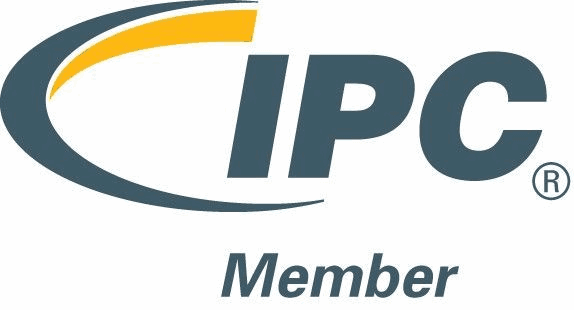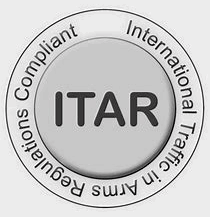As technology finds its way into more areas of our daily lives, engineers and designers are pushing the limits of size. Handheld and wearable devices are getting smaller and smaller, requiring smaller boards. To maintain (and even increase) functionality with decreasing technical real estate, companies are now resorting to multi-layered PCBs. These space-saving innovations fit more circuitry and capacity in an area much smaller than their traditional single-layer and double-sided PCB counterparts.
Although multilayer boards have become increasingly popular, few designers have personal experience working with them and exploring the possibilities they present. For those who’d like to learn more about these little wonders, here’s an overview of the basic production steps:
-
Grouping the Layers
First, the internal layers are paired off, starting with layers 2 and 3, then 4 and 5, etc. with the first and last layers added near the end as outside components. -
Imaging the Layers
Once the layers are paired, they can be imaged together on copper-clad laminate cores. This creates multiple distinct double-sided inner layers, representing the data-defined copper image for each. -
Etching the Images
After imaging, internal layers are etched to remove unwanted copper cladding, create spaces and define traces and pads. -
Quality Checking the Etched Layers
One of the most critical steps, the etched images are carefully analyzed for quality to identify potential issues and pass through only those images that are defect-free. -
Prepping the Etched Layers
With all defective boards removed, a chemical process known as oxidizing is applied to the certified layers to create a surface that can provide a better pre-impregnated bond. -
Assembling the Layers
With oxidation complete, inner PCB layers are assembled into individual manufacturing panels. Each panel contains steel top and bottom plates, steel alignment pins, stainless steel shims, PTFE release sheets, thermal lagging material, and individual internal layers. -
Creating the Manufacturing Panels
To create the manufacturing panels, copper foil is placed on the alignment pins, then partially cured glass-reinforced epoxy resin is applied to the layers (known as pre-impregnation). The pre-impregnation helps bond the external foil to each copper layer, creating interlayer dielectric insulators. -
Applying the Layers
Once the copper foil and epoxy resin are applied, the etched and oxidized cores are stacked. Once the top layer is reached, copper foil is again applied to the alignment pins of that final board. -
Assembling the Book
With all of the preparation steps complete, the multilayer boards are finally assembled into books. These books, which can contain multiple panels, are separated by sheets specially designed to keep them from sticking together. Shims can also be added to distribute weight and maintain consistent panel thickness. -
Adding Thermal Lagging Material
Thermal lagging material is placed between the steel plates on the first panel and bookends to help consistently maintain heat flow during lamination. -
Pressing the Book
Using heat and vacuum pressure, the pre-impregnated board is heated to liquefy the epoxy. Once the epoxy cools and hardens, the multilayer PCB is ready for holes.
While it is true that the multi-layer PCB manufacturing process is more complex and involved, they are ultimately just stacked single-layer boards offering increased capabilities in a more compact space. We regularly produce boards from 6 to 24 layers for a number of applications. If you want to learn more about multilayer PCBs, contact MPL today at 607.266.0480.




